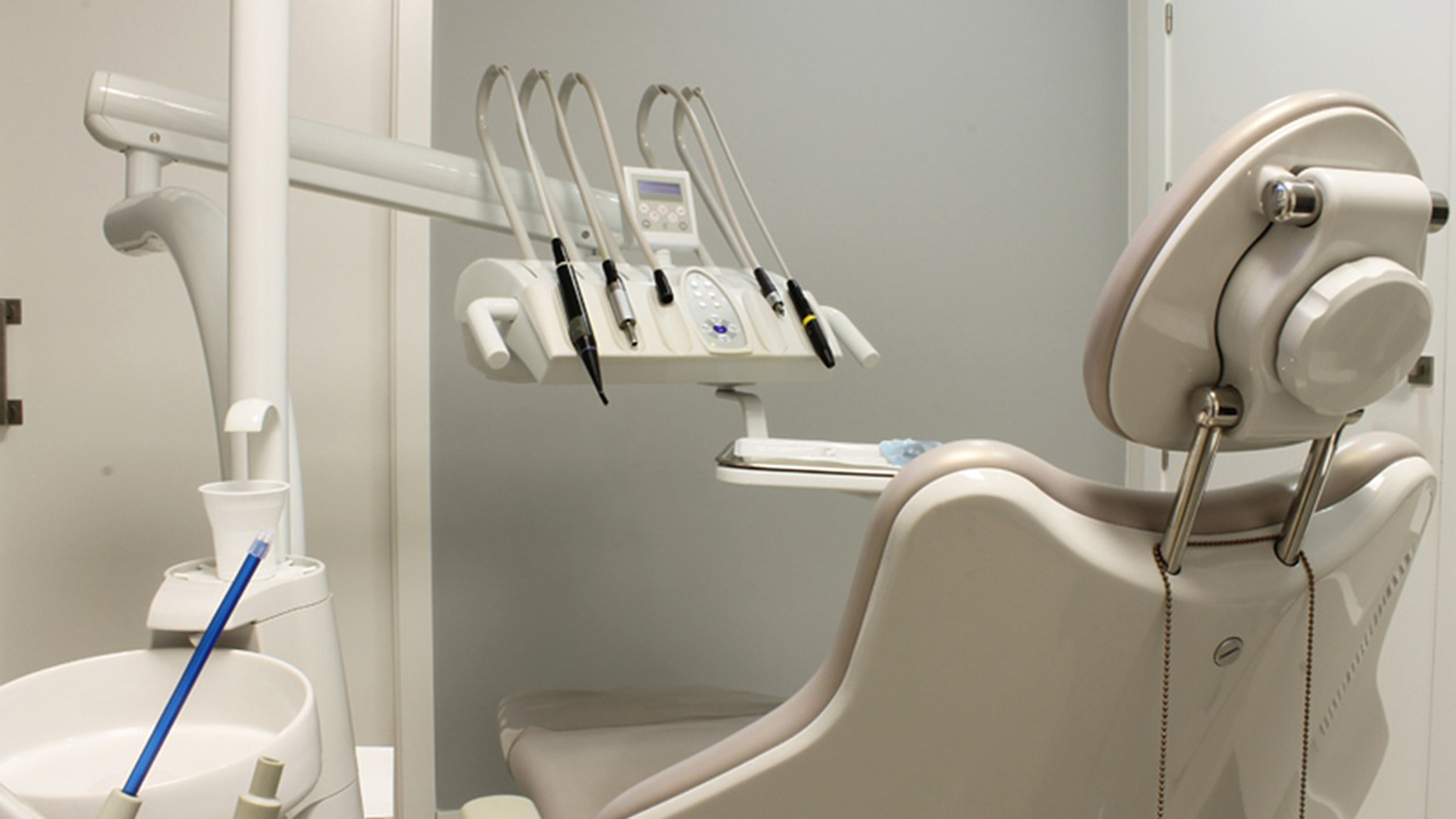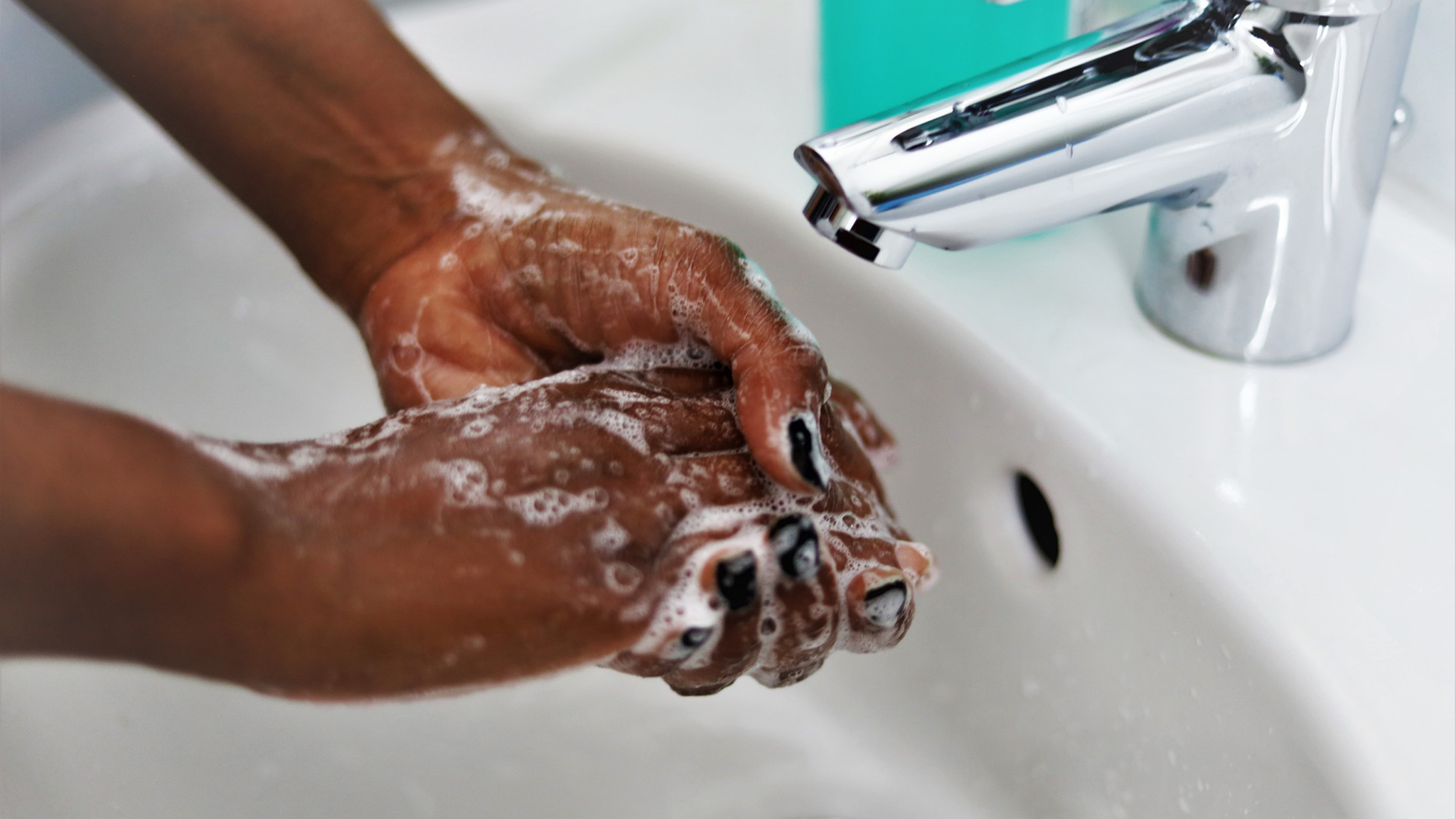COVID-19 Guidelines for Dental Practices

1. Introduction
Coronavirus disease 2019 (COVID-19) is a respiratory disease that is caused by SARS-Cov-2 virus, (also referred to as the COVID-19 virus). It is a highly contagious pathogen and it is spreading rapidly around the world, including in South Africa. The Dental Professionals Association (DPA) has previously issued guidelines that were intended to contribute to the reduction in the spread of the COVID-19 disease by firstly, reducing the possibility of cross-infection in the dental practices and secondly, to prevent infection of the dentists and the dental workforce. These guidelines are therefore intended to reinforce those issued previously and to prepare the dental practices to function optimally given the changing circumstances.
2. Modes of transmission and possible contamination in the dental practice
There are two known routes of transmission:
- Via respiratory droplet spread from coughing and sneezing by a COVID-19 infected person and which is directly inhaled by the next person.
- Via respiratory droplets landing on environmental surfaces surrounding the infected person which are then transmitted via contaminated hands to a person’s face and mucous membranes.
Many dental procedures produce aerosols and droplets (high-speed turbines, 3-in-1 syringes, ultrasonic scalers etc) that may be contaminated with the virus1. Dental practitioners and staff are at risk of infection due to face-to-face nature of dental procedures and frequent exposure to saliva and blood due to the use of tissue and bone cutting tools. The aerosols that are produced can potentially be contaminated with the COVID-19 virus and other pathogens. The droplets and aerosols are small enough to be suspended in the air for a long period of time before falling onto environmental surfaces or entering the respiratory tract of other individuals.
3. Preventing the spread of SARS-Cov-2 in the dental practice
3.1 General Administrative Measures
- Develop and maintain written infection control policies and procedures appropriate for the services provided by the dental practice and based on evidence-based guidelines, regulations, and standards.
- Assign at least one individual who is adequately trained in infection control to coordinate all the infection control related activities in the dental practice.
- Provide the supplies necessary for adherence to the established infection control procedures (e.g. hand hygiene products, chemical disinfecting agents and PPE).
- The dental practice should have readily available information relating to the prevention of the spread and transmission of the COVID-19 disease, including mandatory wearing of cloth masks by the public, cough and sneezing etiquette and hand hygiene.
3.2 General COVID-19 Measures
- Social distancing. Keep up to 1.5 to 2m when in contact with other people. The arrangement and number of chairs in the waiting area should facilitate effective social distancing of between 1.5 – 2 metres.
- Hand washing and use of alcohol- based hand sanitizer by patients (visitors) and staff.
- Regular cleaning and decontamination of surfaces, chairs, floors and door handles.
- Staff should always wear surgical masks and patients should wear cloth masks.
- Potential sources of contamination, such as magazines and books should be removed from the waiting areas.
- Practices are encouraged to institute telephone and/or online booking systems and all related administrative procedures should be finalised ahead of the visit to the dental practice.
- Visitors and escorts should not be allowed except in circumstances where it is unavoidable.
3.3 Pre-assessment of patients
Whenever possible, there should be tele-screening of patients. At first contact, patients should be screened for any COVID-19 symptoms according to the tool developed by the NICD.
The following is a sample from the NICD questionnaire that should be administered by a trained member of staff:
a) Have you experienced symptoms, such as:
- the sudden onset of fever,
- cough,
- sore throat and
- shortness of breath?
b) Have you had contact with anyone with confirmed COVID-19 infection in the last 14 days?
Those patients who present with symptoms or are suspected COVID -19 positive need to be handed a surgical mask and isolated immediately. Only emergency treatment, and preferably pharmacological treatment, should be administered. Before discharge, the patient should be referred to a local NICD testing site, advised to self-isolate and to take precautions to avoid spreading the coronavirus.
4. Clinical management of patients during the COVID-19 pandemic
The management of patients during the COVID-19 pandemic period requires that the rights of patients with infections should be respected and the dental practitioners and staff are required to discharge their obligations in an ethical manner2. Equally important, the staff in dental practices need to be protected against infection by COVID-19 virus and other pathogens and the right to work in a secure and safe environment should be safeguarded.
These guidelines are therefore designed to achieve the balance between the rights of patients to healthcare and the requirements of safety of the staff in dental practices.
a) Clinical management of confirmed or suspected COVID-19 patients
Aerosol producing procedures can potentially create an additional pathway for the spread of the coronavirus and thus pose a specific risk to the dental staff. In addition to all other guidelines, the objective should be to reduce the amount of aerosol in the consulting rooms, therefore the following are advised:
- A risk-benefit assessment should always be done before aerosol producing procedures are performed.
- Elective and non-urgent procedures should be postponed and only emergency dental procedures should be managed. A dental emergency includes oro-facial trauma, significant infection, septic sockets, and pain that cannot be managed by over-the-counter medications.
- When performing procedures that create aerosol, high speed suction should be ensured by a dental assistant, and not done alone.
- Clinical staff should wear appropriate PPE as per the guidelines.
- The use of rubber dam is encouraged, whenever possible.
- Thorough decontamination and disinfection protocols should be implemented.
b) Clinical management of unsuspected and/or non-COVID-19 patients
The COVID-19 epidemic requires that dental facilities should elevate the infection control measures that are in already in place and to do more to prevent the potential for cross infection. There is no evidence to support the cessation of dental treatment where COVID-19 is not suspected, but the following precautions should be followed:
c) A risk-benefit assessment should always be done before aerosol producing procedures are performed.
d) When performing procedures that create aerosol, high speed suction should be ensured by a dental assistant, and not done alone.
e) Clinical staff should wear appropriate PPE as per the guidelines.
f) The use of rubber dam is encouraged, whenever possible.
g) Each treatment room should be thoroughly cleaned and disinfected between appointments.
5. Hand Hygiene
Current evidence suggests that SARS-COV-2 is transmitted via respiratory droplets and contact with contaminated surfaces. Contact transmission occurs when contaminated hands touch the mucosa of the mouth, nose and eyes. The virus can also be transferred from one surface to another by touching of contaminated hands. Consequently, hand hygiene is especially important in preventing the spread of the SARS-COV-2 virus.
Dental practices are therefore advised to implement the following guidelines relating to hand hygiene:
a) One or several handwashing stations (either for handwashing with liquid soap and water or alcohol-based sanitizer) should be placed at the entrance and at various places within the dental practice.
b) The dental staff should practice should perform hand hygiene using the proper techniques and according to instructions known as “5 moments of hand hygiene”:
- Before touching a patient
- Before clean or aseptic procedures
- After body fluid exposure risk
- After touching a patient, and
- After touching a patient surroundings
c) Dental staff should maintain proper nail hygiene and grooming. No forms of jewellery should be worn inside the dental practice.

6. Personal Protective Equipment (PPE)
The World Health Organization recommends that the use of PPE should be risk-based and rational and be based on proper risk assessment. This is particularly relevant given the worldwide shortage of PPE3.
Personal protective equipment (PPE) is used specifically to protect clinical and non-clinical healthcare workers from exposure to bodily fluids, droplet spread, contaminated surfaces, air-borne pathogens, chemicals and heat4. The use of PPE should be based on sound clinical risk assessment and evidence given the modes of transmission of pathogens.
The following is the guidance on the rationale use of PPE:
a) The recommended PPE when treating a COVID-19 patient
- Respirators (N95 0r FFP2 or equivalent standard)
- Gloves (Sterile or non-sterile, depending on the procedure)
- Eye protection (goggles or face shields)
- Fluid resistant gowns
- Disposable aprons should be used when the gown is not fluid resistant.
b) The recommended PPE when treating an unsuspected COVID-19 patient:
- Respirators or surgical masks
- Gloves (sterile or non-sterile, depending on the procedure)
- Eye protection (goggles or face shields)
- Disposable aprons
c) The recommended PPE for the patient:
- Disposable bibs
- Goggles
7. Disinfection and sterilisation guidelines
All dental practices, regardless of the level of care, should make infection control a priority5. Lapses in infection prevention procedures, such as, unsafe injection practices, failure to heat sterilise dental instruments and handpieces between patients, and failure to monitor the performance of autoclaves, may lead to the transmission of pathogens and cross infections.
The guidelines below are not exhaustive, and they should be complemented by rigorous on-site practices:
- Every practice should develop written infection control policies and procedures based on evidence-based guidelines, regulations, and standards, and they should be assessed on a regular basis.
- There should be a clean zone in every clinic where only dental staff with proper PPE can access.
- Each treatment room should be appropriately disinfected after being tidied in between patients.
- Critical items such as surgical instruments that are used to penetrate soft tissue and bone have the greatest risks of contamination and infection transmission and should always be heat sterilized.
- Any other dental instruments that are heat tolerant should also be heat sterilized. Instruments that are damaged by heat should be treated with cold sterilant chemicals, with due adherence to the manufacturer’s instructions.
- Chemical and biological monitors should be used to ensure the effectiveness of the sterilization process.
8. Conclusion
The above guidelines have been prepared to guide the dental practices on the reasonable measures that can be implemented to mitigate the risks of transmission of the coronavirus and other pathogens, and to protect the health of the dental staff and patients. In general, most of the guidelines are not new to the dental practices, but mainly reemphasise on the basics of infection control.
These guidelines should thus be viewed as interim guidance given that much is still unknown about the coronavirus and will undergo several changes (and substantiation) as new knowledge becomes available. They should thus be viewed as the minimum (rather than the gold standard) and should readily be implementable by most dental practices without any radical reengineering of the current facilities. These guidelines should be considered in totality and not as separate components and reference should be made to the original source documents for detail.
References
1. Straumann Group. Guidelines for Best Practice in Biosafety at the Dental Clinic, 2020.
2. World Health Organization. Coronavirus disease (COVID-19 Disease) outbreak: rights and responsibilities, roles and responsibilities of health workers, including key responsibilities for occupational health and safety. Interim guidance, 19 March 2020.
3. World Health Organization. Rationale use of personal protective equipment for coronavirus disease. Interim guidance, 19 March 2020
4. National Institute of Communicable Diseases (NICD). COVID-19 Disease: Infection Prevention and Control Guidelines, Version 1, April 2020
5. Centres for Disease Control and Prevention. Summary of infection prevention in dental settings: Basic expectations for safe care. Atlanta, GA: Centres for Disease Control and Prevention, US Department of Health and Human Services; October 2016
